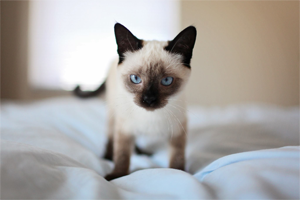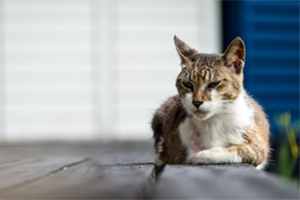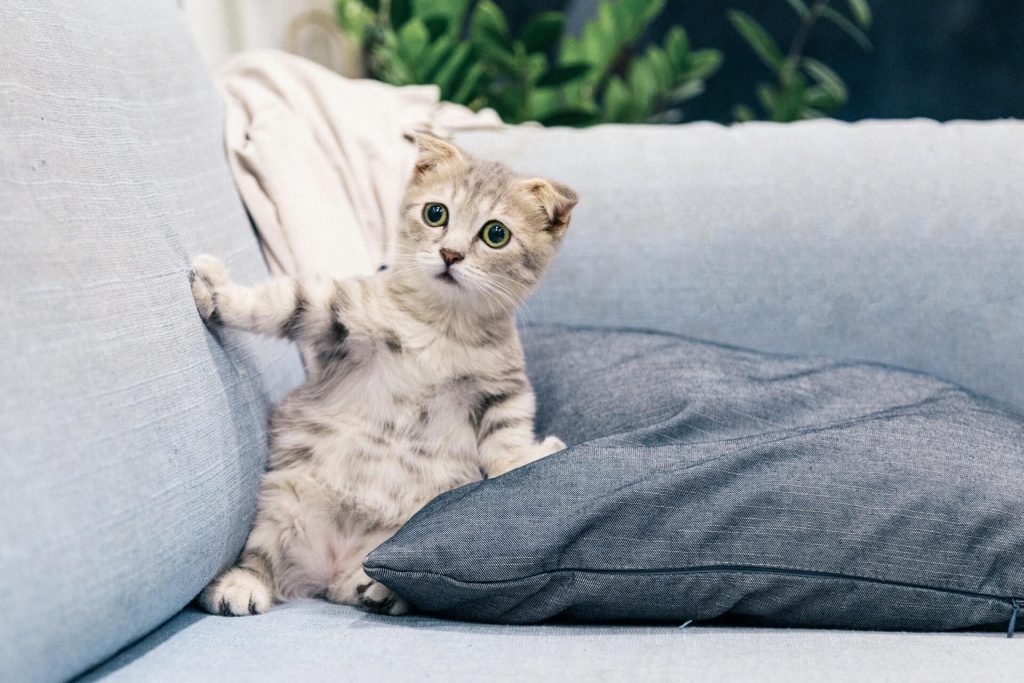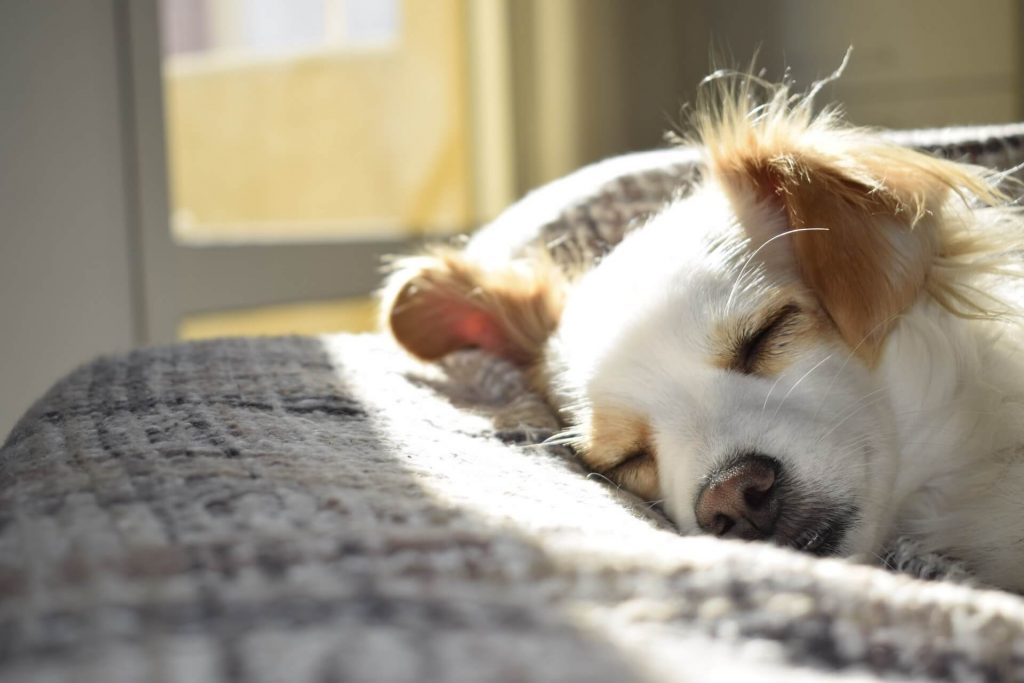Time to read: 8 mins
Guide to Bengal Cats
Key stats
Life expectancy: 12-16 years
Height: 15 inches
Weight: 9-15 pounds
About Bengal cats
Most cat owners in the UK have moggies, but when looking at pedigree cats, Bengals are the second most popular breed, behind the British Shorthair.
They’ve grown in popularity over the years due to their very playful nature and particularly beautiful coat and markings which are leopard-like in appearance, but that appearance shouldn’t be misconstrued with aggresive tendencies. They tend to prefer to sit and watch prey rather than hunting it – which means far fewer ‘presents’ left throughout the house.
They are a very energetic cat breed and highly affectionate. They get close to humans and will be very loyal, often drawing comparisons with dogs.
Unusually for cats they love water, often swiping at dripping taps, drinking from fountains and paddling in places where water can be found. It’s easy to make sure they keep hydrated but equally you’ll need to be aware of keeping them away from unsanitary water sources, such as the toilet.
History of Bengal cats
Bengals come from the United States, coming to the UK as recently as 1970. They originate from the wild Asian Leopard Cat, and it was these that were crossbred with Tabby cats to create the first generation Bengals we know and love today. Since then there are second and third generations where the original cross was again crossed with oriental cats.
Bengals were first bred in 1963, at a time when leopard furs were popular, therefore, the Bengal cat actually led to conservation of the wild Asian Leopard.
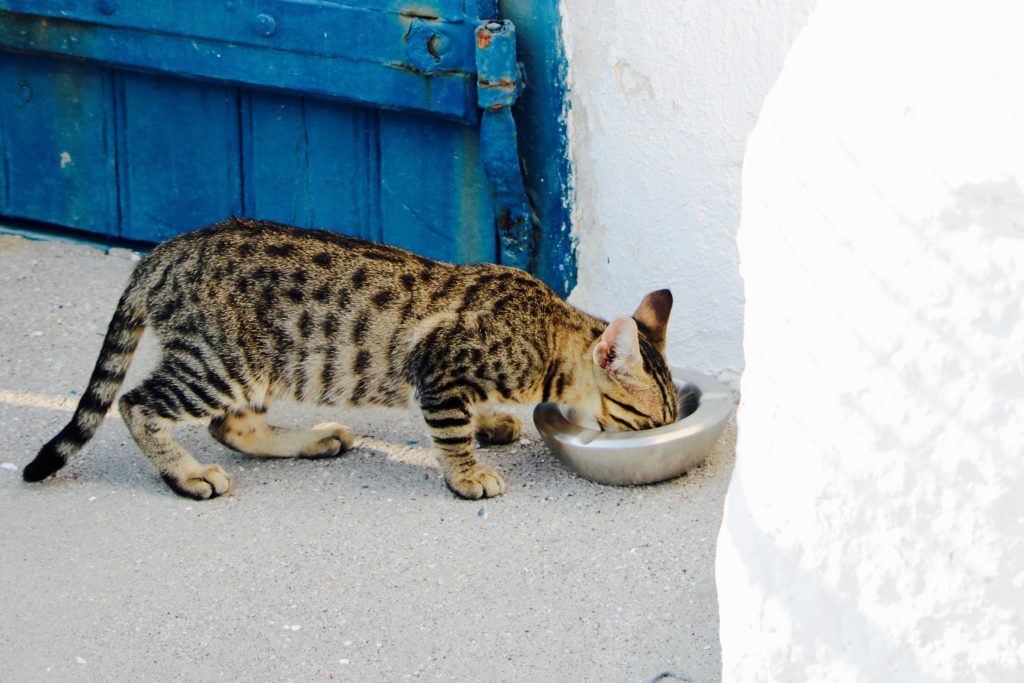
What to consider when owning a Bengal
Exercise
Bengals are amongst the most interactive cats you can find, which makes them excellent pets for families particularly if there’s someone at home during the day, or households with other pets.
Bengals are quite different in personality to moggies. They’re intelligent and inquisitive – they think nothing of jumping on you, the worktop or wherever they like to see what’s going on. They’re very vocal and will let you know when they want something, or when the service they’re receiving from their humans isn’t up to standard! They’re agile but can be clumsy at the same time.
Bengals can easily get bored and therefore keeping a constant supply of toys around the house is vital, if there is not someone at home to entertain them. Because of their intelligence and curiosity most cat toys are too easy for Bengals, and therefore the more complex the better. As they also love heights, similar to their leopard lookalikes. Similarly playing with water is a favourite of theirs, so a small paddling pool with floating objects in will keep them entertained for hours on a warm day.
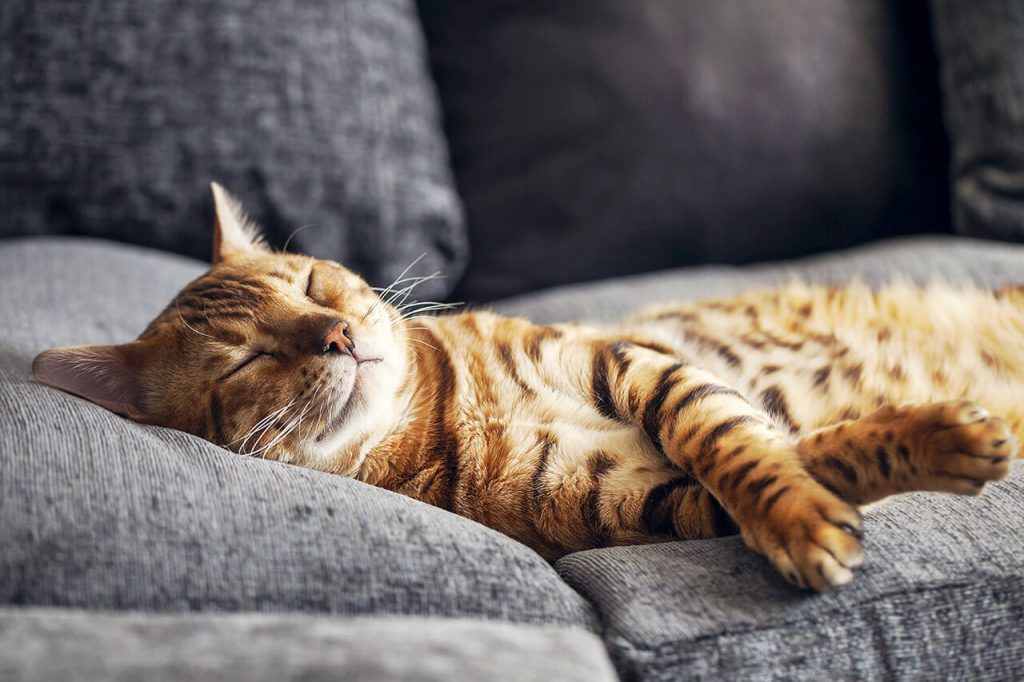
Cost
Bengals, like all pedigree cats, are more expensive than your typical moggie. You can expect to pay anywhere from £500 to £1,500 for a Bengal kitten depending upon the health and history of the parents. Whilst this is expensive, knowing that the kitten’s parents are happy and healthy could save you money in the long term on things like pedigree cat insurance and vet bills.
The cost of feeding your Bengal is likely to be around £20 per month for one of the best pet foods. As Bengals love water, it’s generally easier to ensure they are getting the hydration they need. As such wet food may be less important so you could save money by giving them dry cat nuts instead. Find out more about the differences between wet and dry cat food.
Alongside vet bills should your cat become ill, it’s worth factoring in the cost of preventative care including:
- Microchipping
- Vaccinations
- Neutering/Spaying
- Flea treatments
- Collar
- Food, treats and bowls
- Toys
- Beds
Owning a Bengal could cost anywhere up to £1,000 in the first year alone. These are expected costs, there could be unexpected ones too.
Grooming
One of the Bengal’s most striking features is their beautiful coats, so keeping them looking good is important. Grooming their coat is a daily task and one that they will likely enjoy due to their social nature.
Brushing
Brushing helps to remove loose hair and keeps it shiny and healthy. Similarly it reduces the chance of them getting furballs.
Grooming is fairly low maintenance as their coats are short. Normally it’ll be a quick brush over with a grooming mitt.
Bengal’s ears are also worth monitoring for ear mites, while normally ok they may require some cleaning or a veterinary check up if they are scratching their head.
Bengal health concerns
All cats get sick and require medical attention at some point, Bengals are no exception. In order to keep on top of your cat’s condition, check-ups should be conducted by your vet.
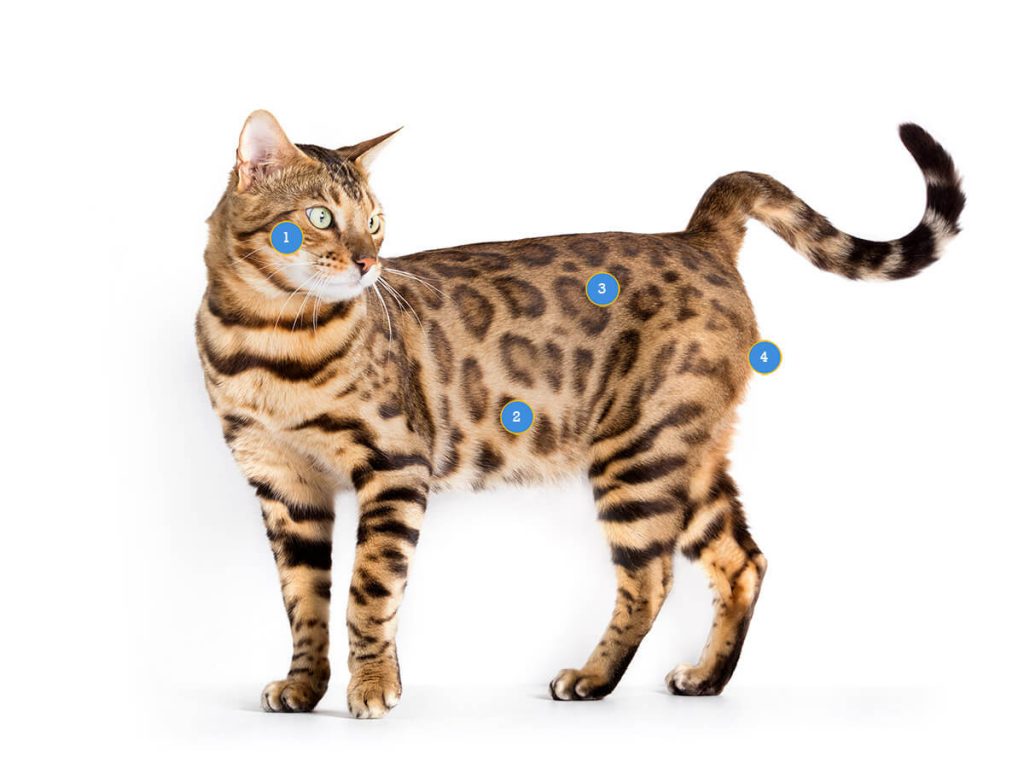
Some conditions to be aware of:
Like many breeds Bengals are at risk to certain conditions and problems.
- Eye Conditions – Such as Glaucoma (increased pressure in the eye) or Entropion where eyelids can roll inwards and cause damage to the surface of the eye. Conjunctivitis causing itchy, inflamed, red or runny eyes or Cataracts where the opacity of the lens is affected and can lead to blindness.
- Gastrointestinal Upsets such as vomiting and Diarrhoea.
- Kidney Disease – kidneys are vital and in charge of filtration. This filtration function can deteriorate reducing the kidneys efficiency.
- Cystitis – Feline Lower Urinary Tract Disease (FLUTD) and affects the bladder and urethra these can cause increased need to urinate and discomfort with chances of blood. Male cats can be at risk of blockages.
If you would like any more information on your Bengal or conditions it may have then please call one of our Registered Veterinary Nurses on the Scratch & Patch Careline.
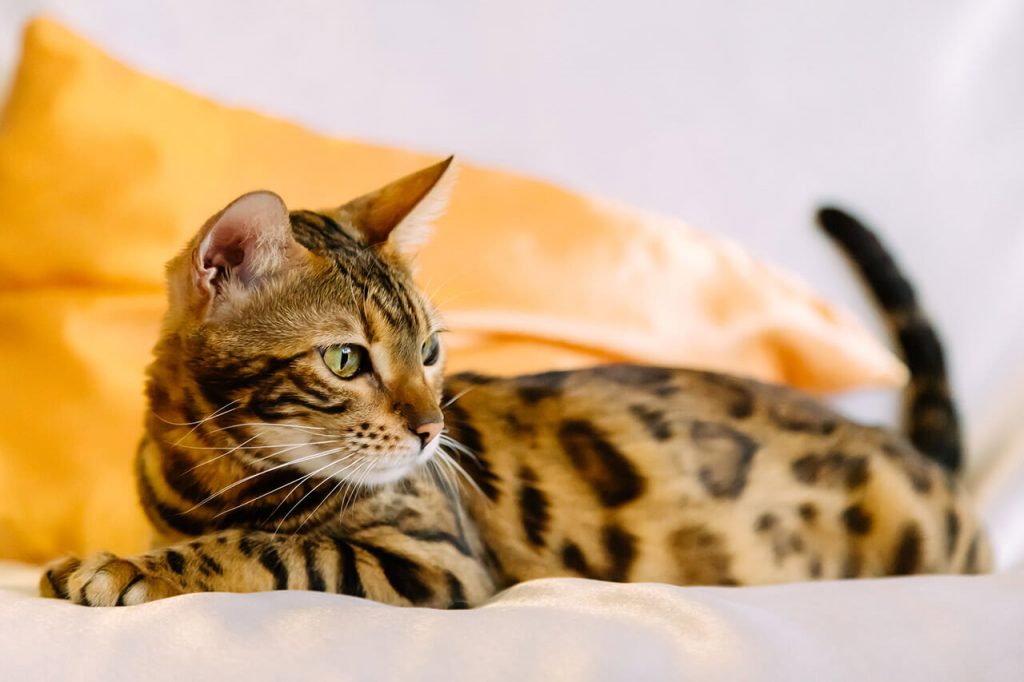
Pet insurance for Bengals
When buying a Bengal it is important they are screened as a kitten. This can be done by your vet or breeder. It is to ensure the kitten has no underlying conditions you should be aware of.
Cat insurance can allay fears about your finances when you’re more focused on your pet’s health. When it comes to insurance, it is better to insure your Bengal as a kitten. Younger animals are cheaper to insure as they are less likely to require treatment and have no claims made for them. Often conditions do not show up until later in life. While you can find cover for older cats, having your Bengal insured from a young age will mean the problems your cat may suffer from throughout their lifetime could be covered by the insurer.
Find out more about pet insurance for Bengal cats and get a quote today.


